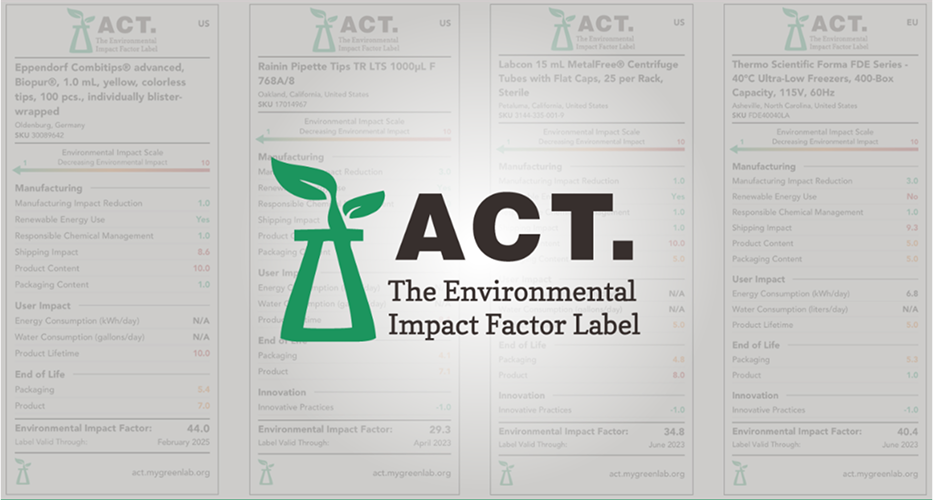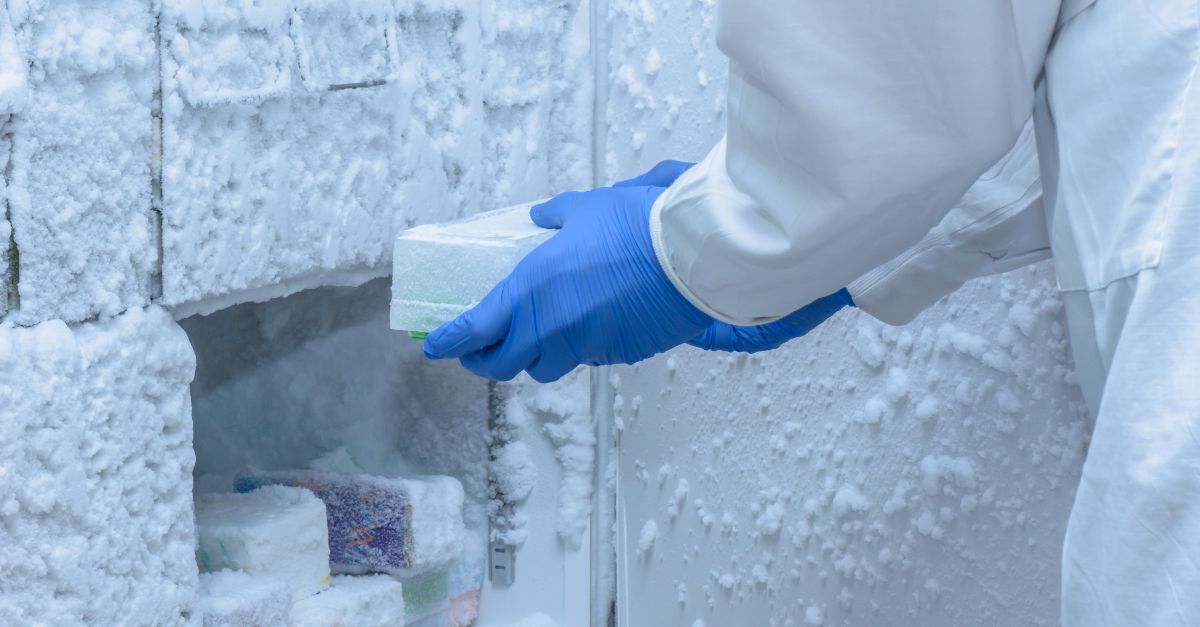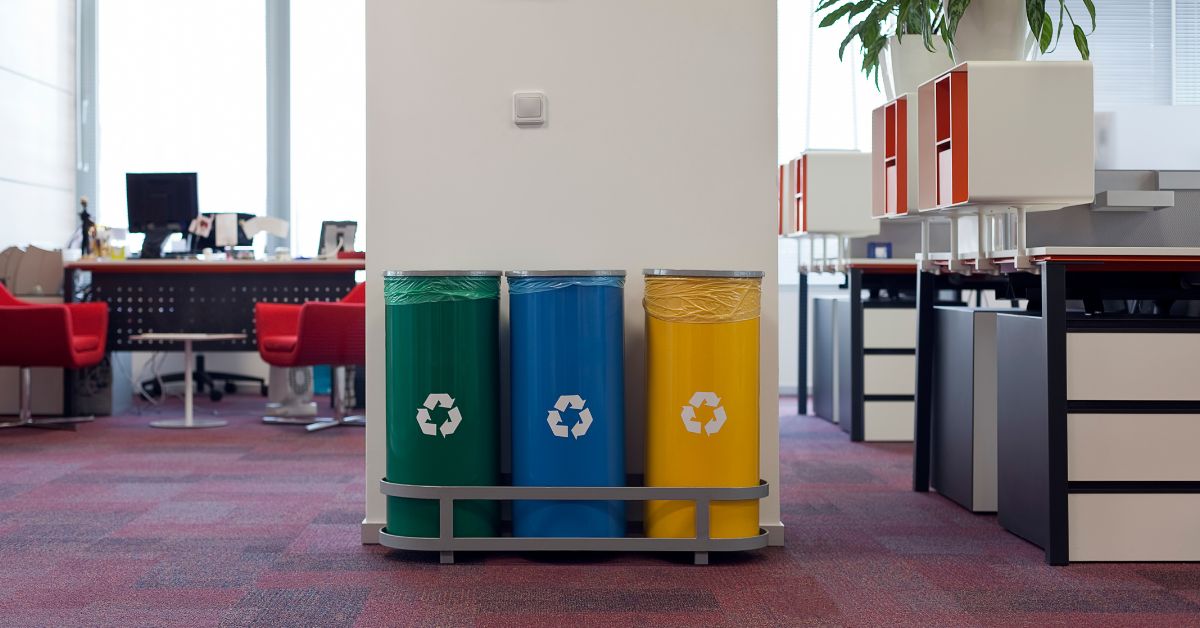
This report released during COP28 shows an increase in the sector's Race to Zero commitments while highlighting the need for increased action in scope 3 reductions and collaborative supply chain engagement

As most scientists and lab experts would agree, laboratories demand substantial resources and have a considerable ecological footprint. To put it in perspective, labs generate an astonishing 12 billion pounds (5.5 billion kg) of plastic waste annually and consume ten times the energy and four times the water compared to typical office spaces.

While many scientists have embraced the idea that environmental responsibility is paramount, it can seem daunting to actually implement sustainability best practices within a lab space. From research and development (R&D) to healthcare diagnostics and everything in between, labs are essential for worldwide knowledge acquisition and advancement.

Join us in welcoming Dulan Liyanage to team My Green Lab! An MEng graduate from the University of Manchester, Dulan is a travel aficionado with a passion for sales and sustainability. He recently joined the team as Market Development Representative.



Sustainability is an increasingly recognized value – and laboratories around the world are taking action to try to reduce their environmental footprint as much as possible.

Starting a waste reduction program or becoming a zero-waste organization may seem daunting. But it doesn’t have to be. This article offers a guide for creating a successful waste reduction program and the steps you need to take to get there.


Laboratories are some of the most resource-intensive spaces on the planet, using 10x more energy and 4x more water than office spaces and creating 12 billion pounds of waste each year. Going green is no longer an option but a requirement for creating long-term, positive changes to the way we operate in the lab. If you are part of a faculty setting up a new laboratory, or part of a team that is updating an existing lab, incorporating sustainable design elements should be a key priority.


